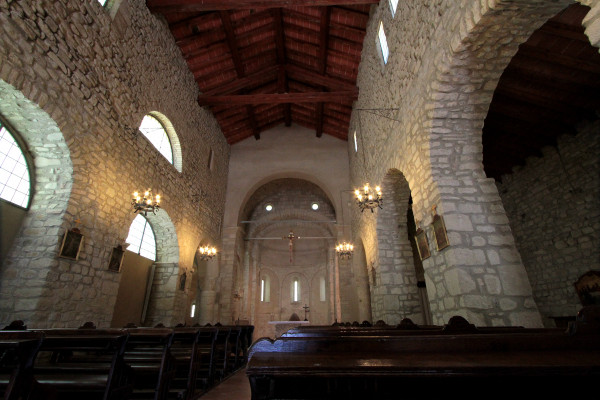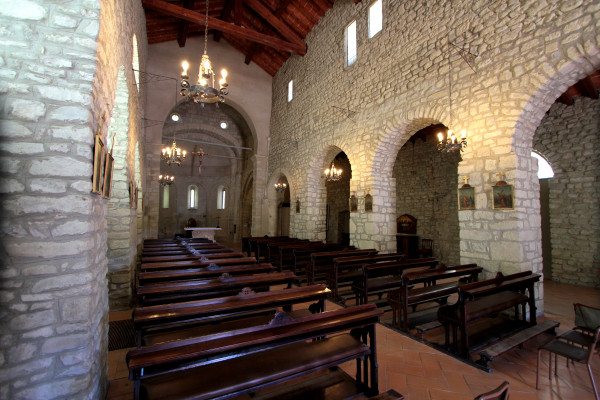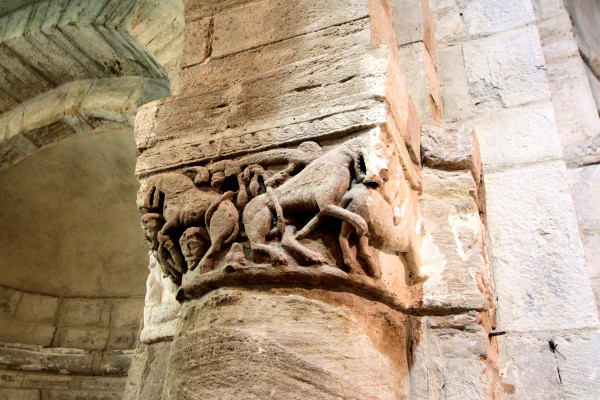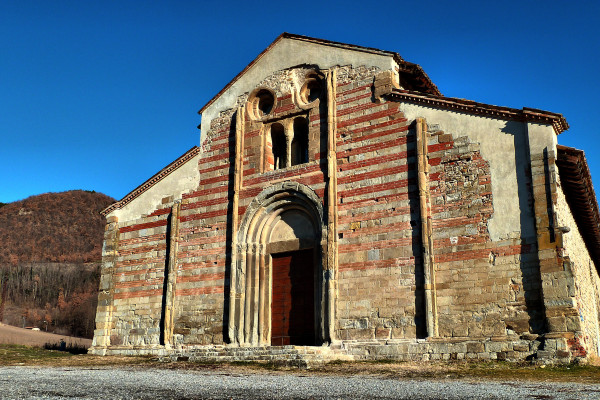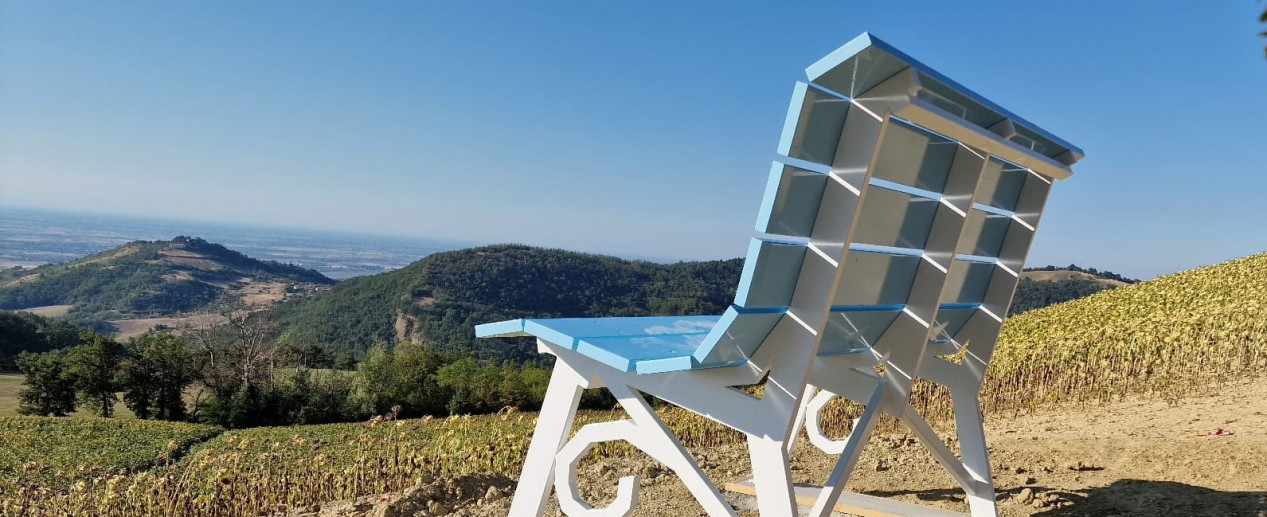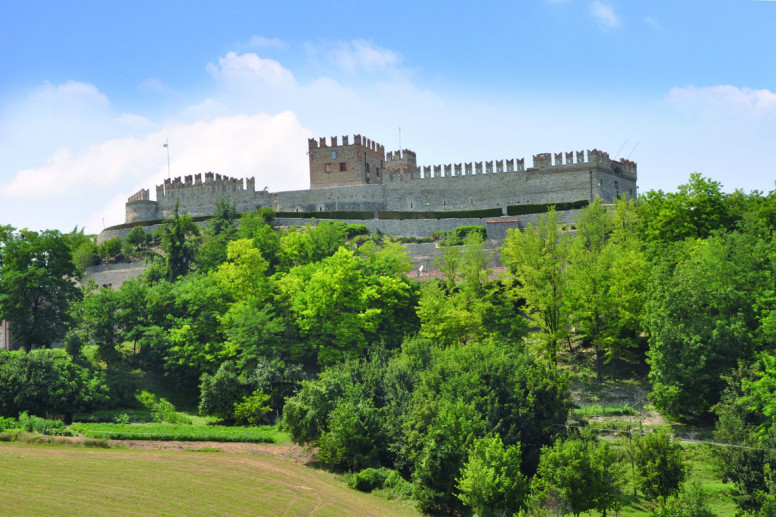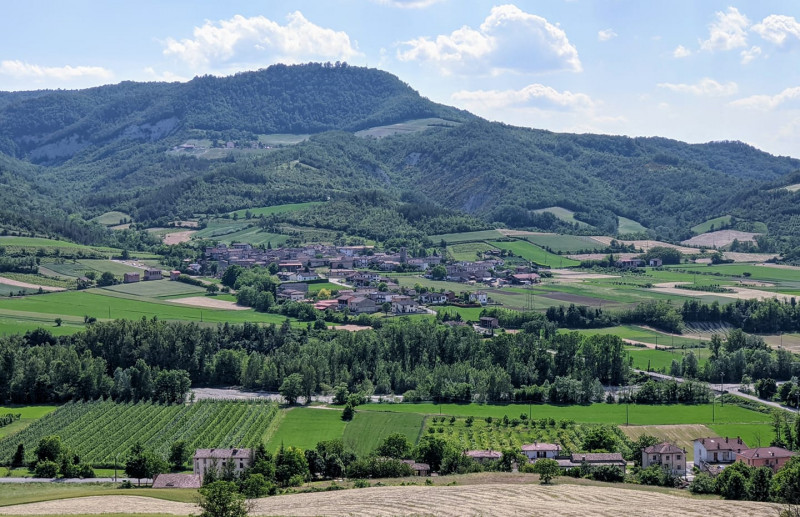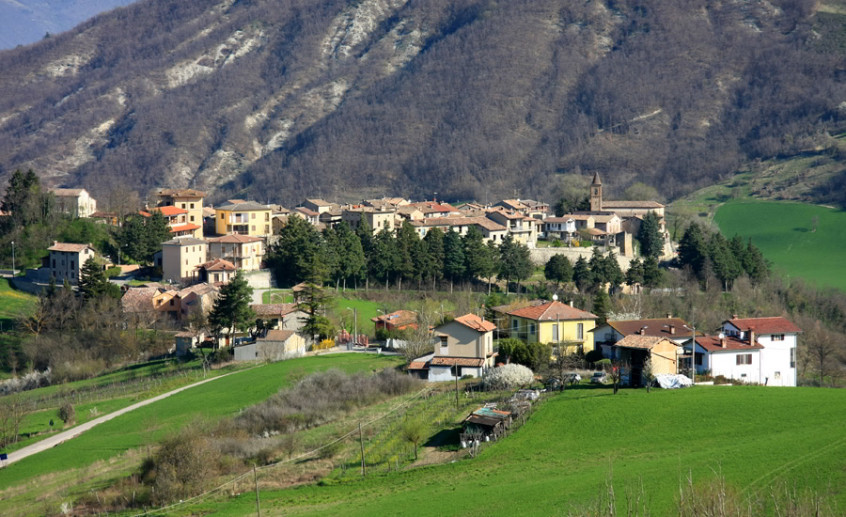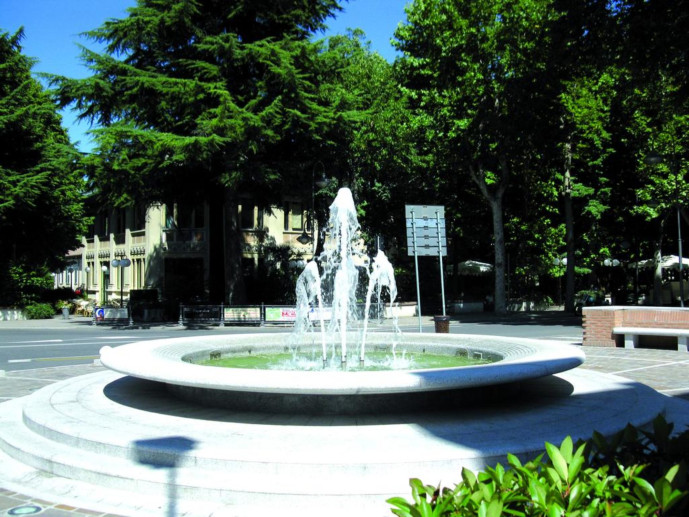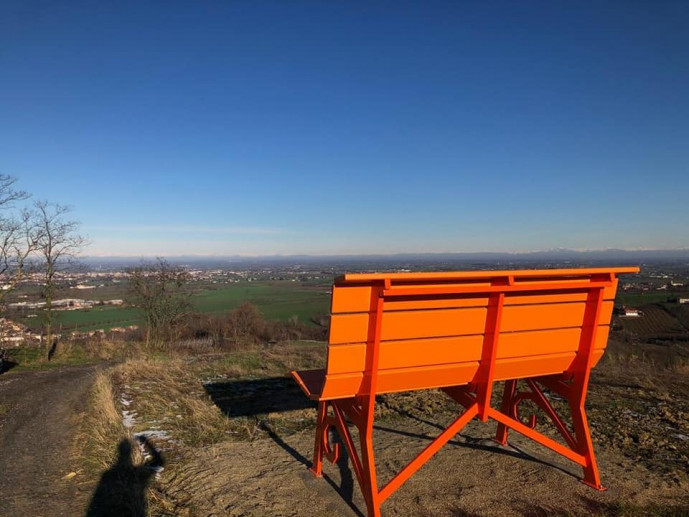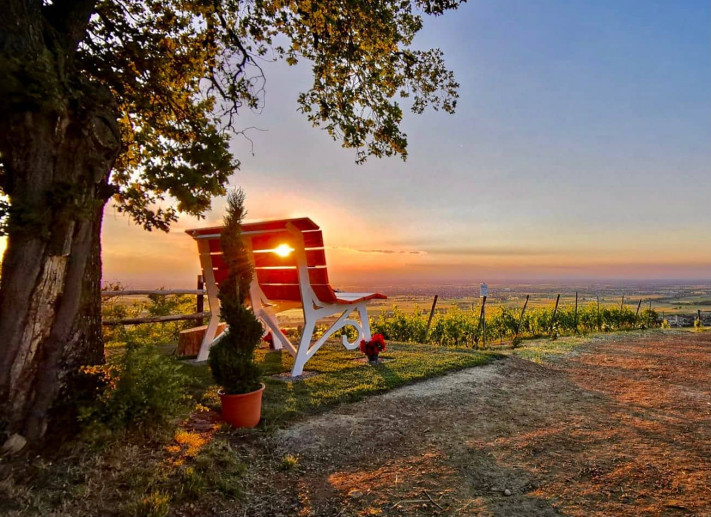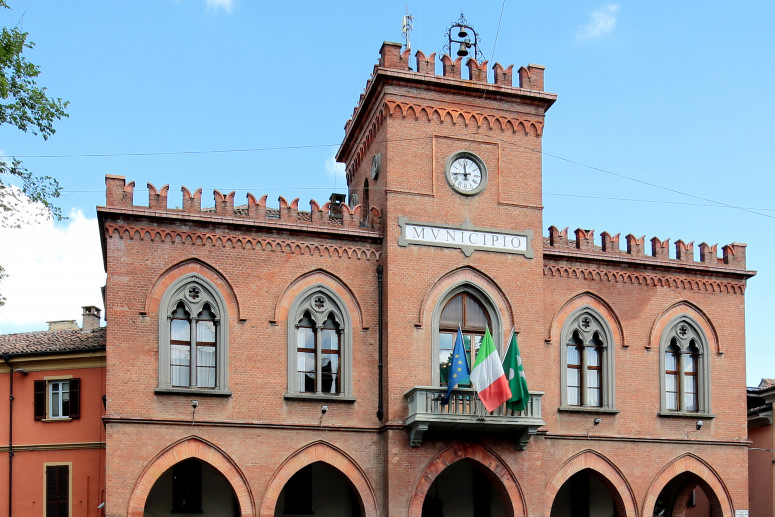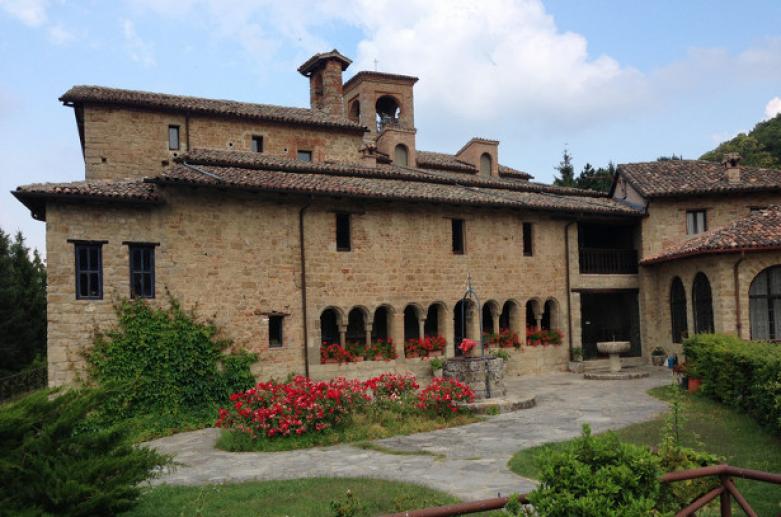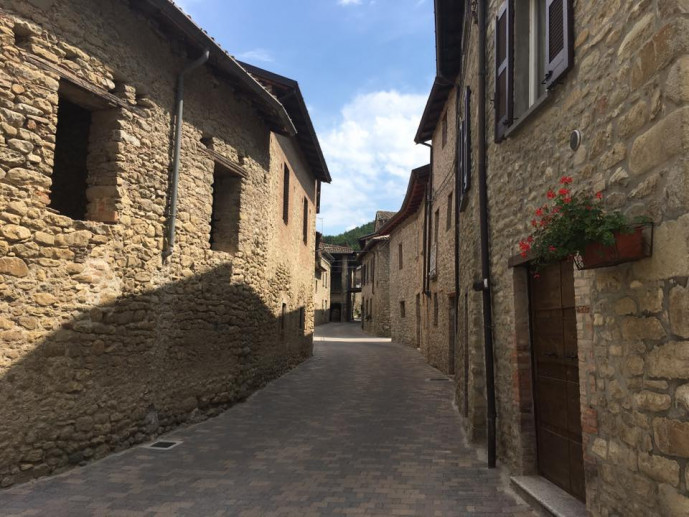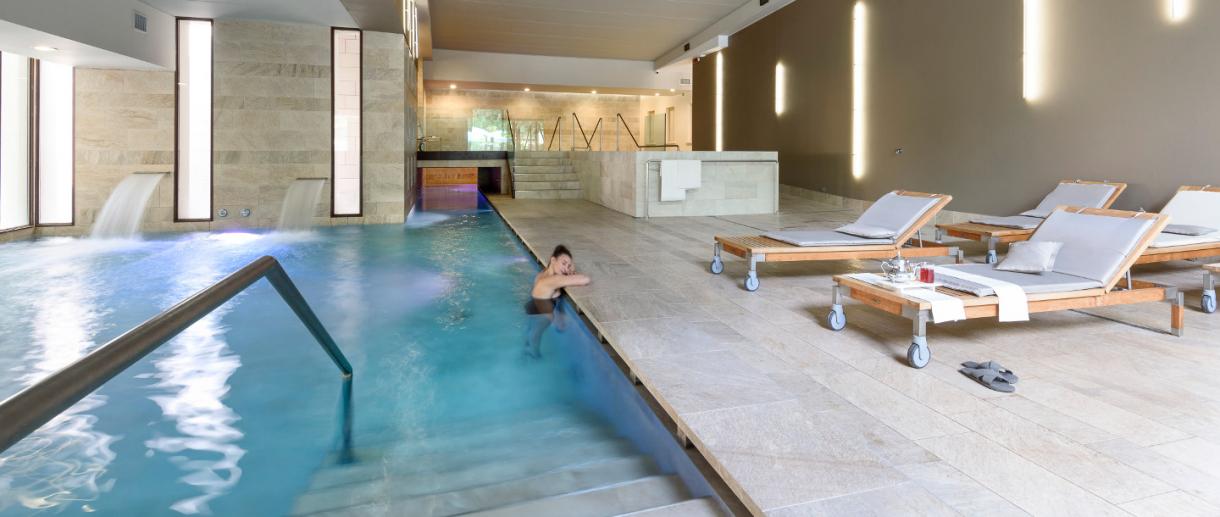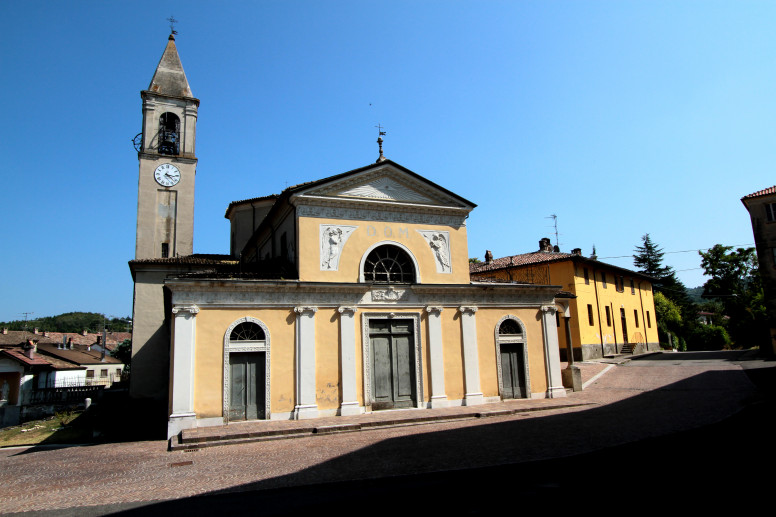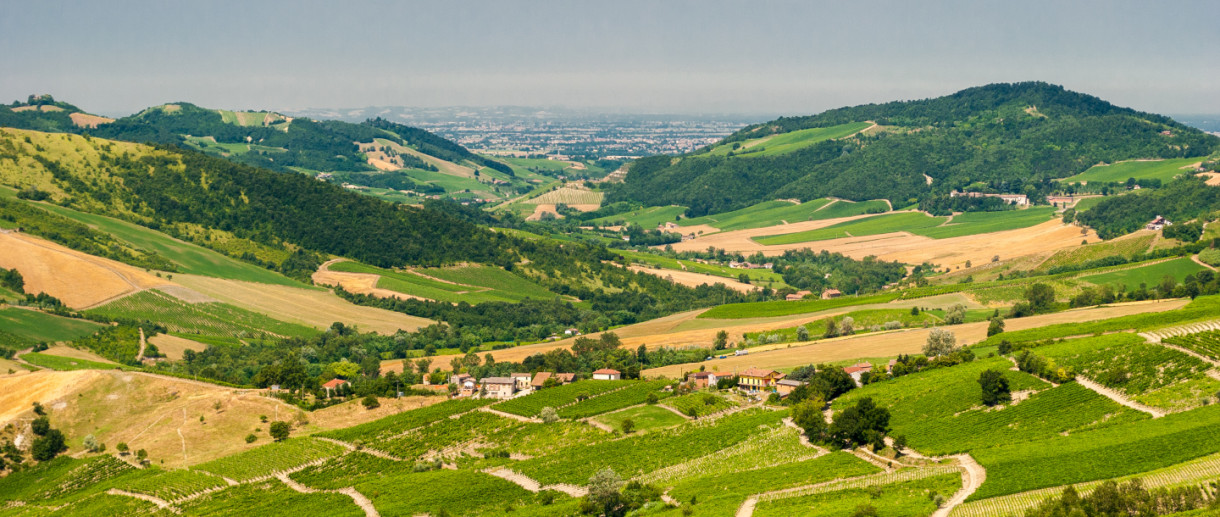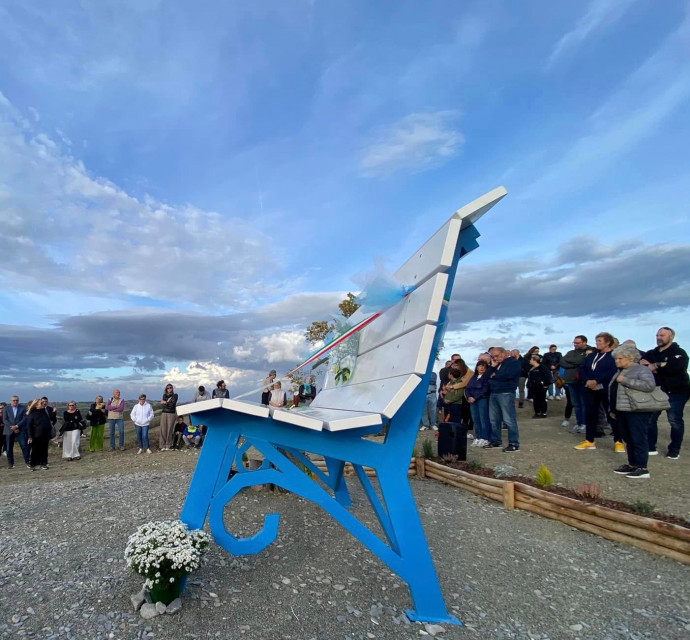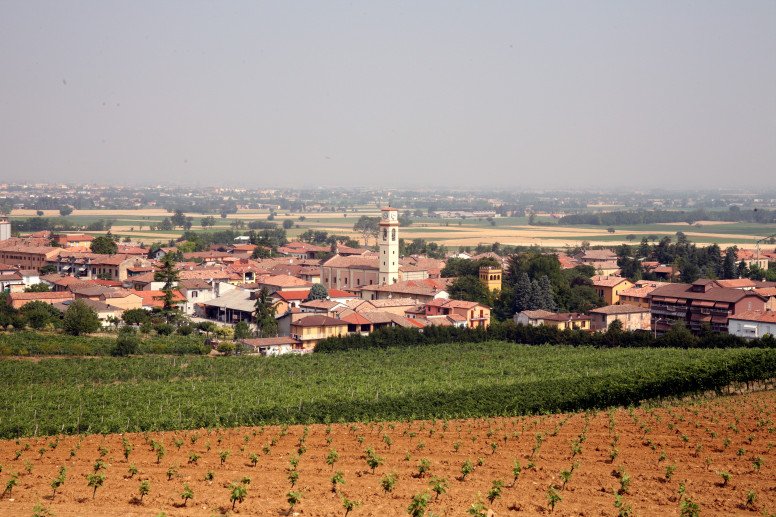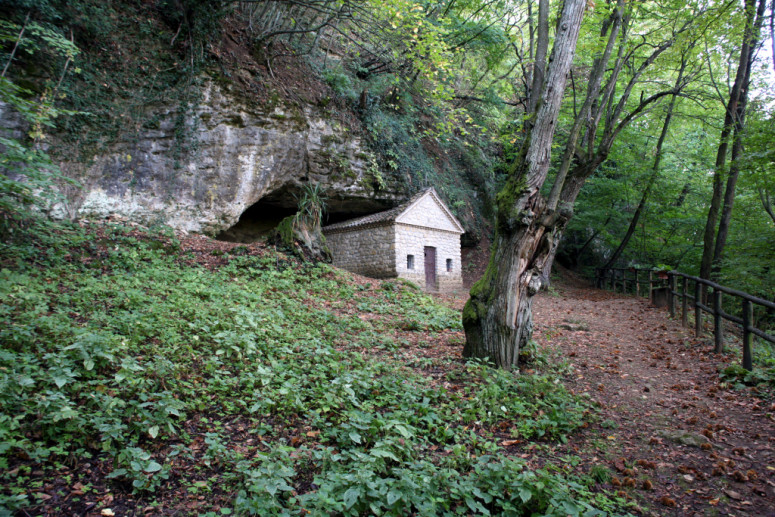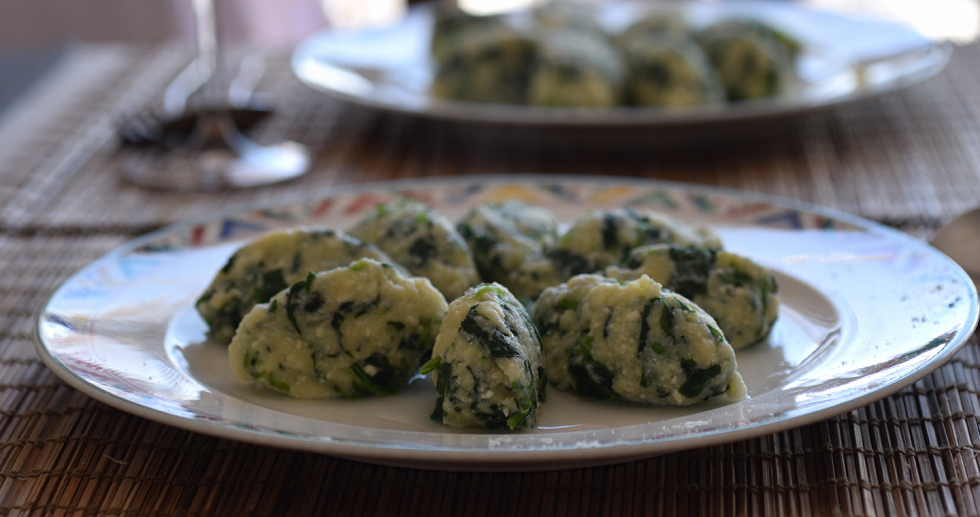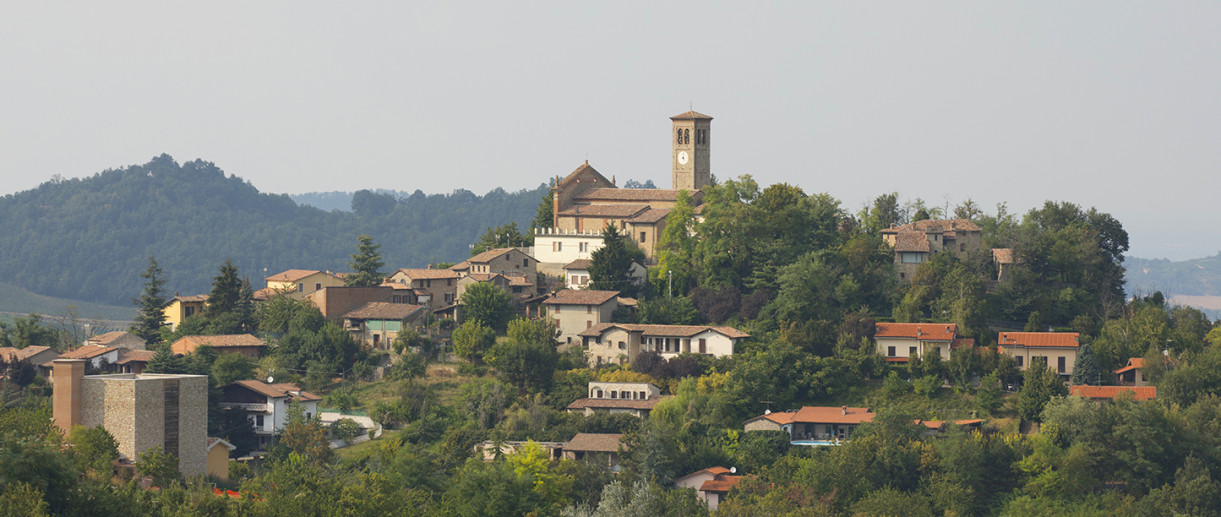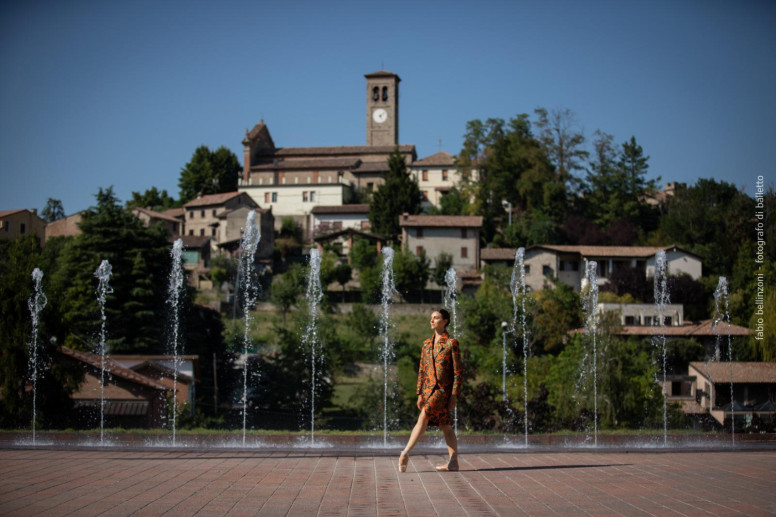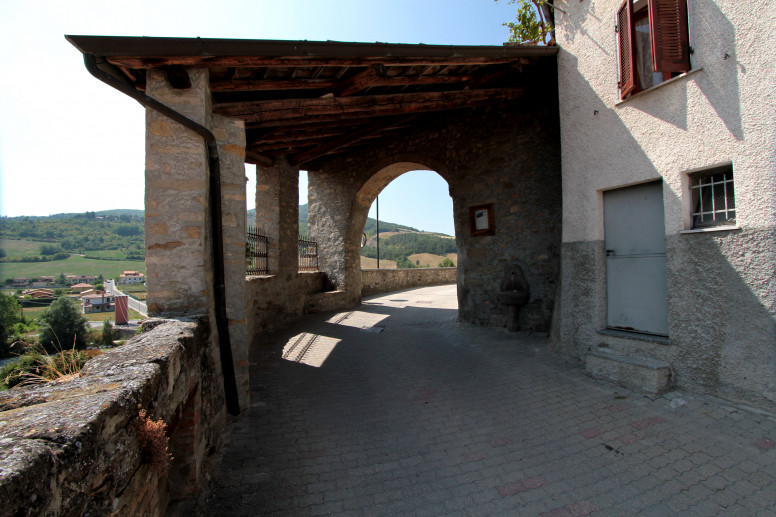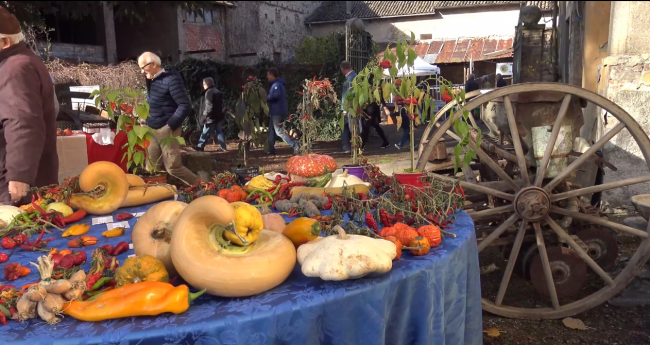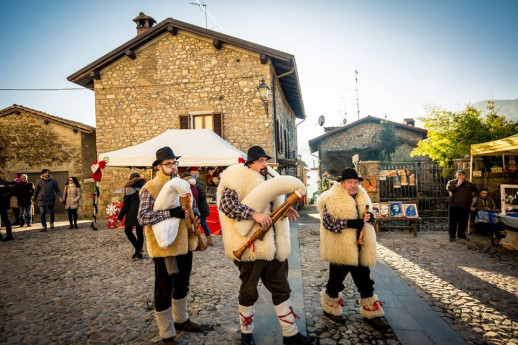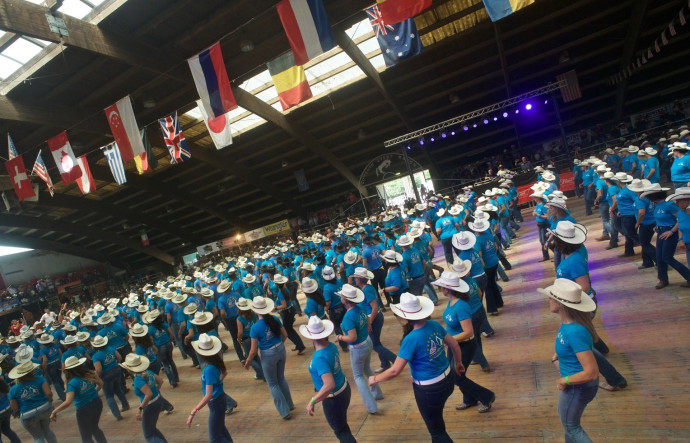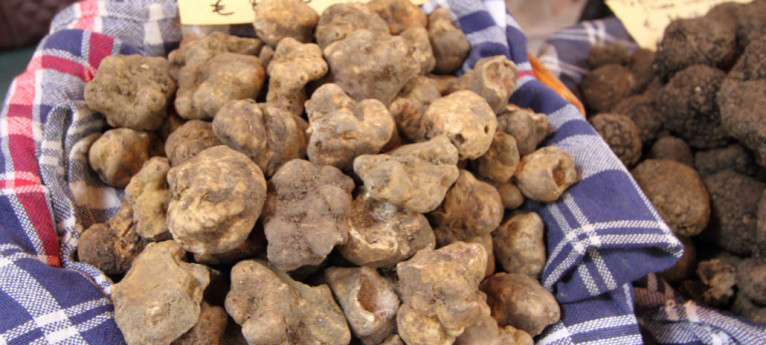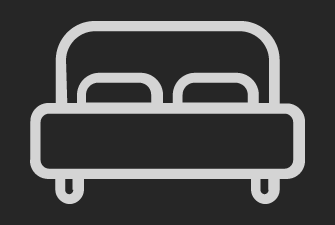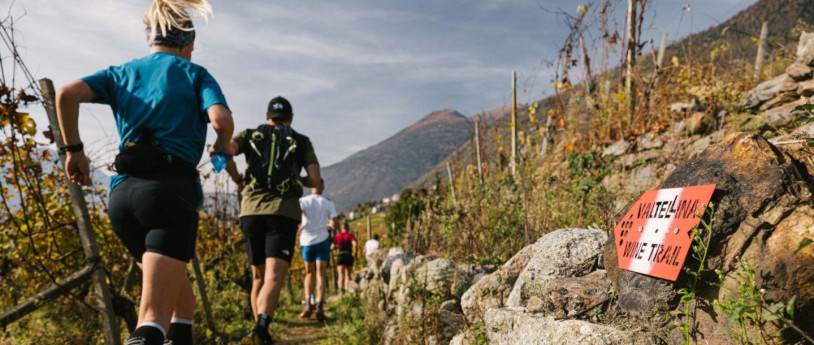- Art & Culture
- Religious Tourism
Romanesque church Pieve of San Zaccaria
The Pieve di San Zaccaria was likely built by the Comacine Masters in the first half of the 12th century. Having fallen into a state of abandonment over the centuries, desacralized and converted into a farmhouse, it was carefully restored in the 20th century and returned to its original beauty. The façade and the counter-façade are decorated with alternating bands of sandstone and brick.
The portal and the interior capitals feature bas-reliefs in sandstone from the quarries of Oltrepò, which closely resemble those found in the churches of Pavia.
The three-nave interior and the Romanesque capitals
The interior is characterized by a three-nave structure, separated by columns and arches. Even today, the original Romanesque capitals adorning the columns can still be admired.
In the last century, restoration works were carried out to highlight the remaining traces of the original construction. One of the main interventions was the removal of the walls that separated the church space from the area used as a farmhouse.
The contest for the soul
In the apse area, there are capitals decorated with various motifs, including a scene known as "The Contest for the Soul." It depicts the soul of the righteous being torn from the devil by angelic figures, an iconographic theme typical of religious art symbolizing the battle between good and evil and the soul’s aspiration toward salvation.
Abandonment and restoration
At the beginning of the 19th century, the Pieve di San Zaccaria was downgraded to a parish church, though it retained the title of archpriesthood. It was then desacralized (except for a small chapel) and converted into a farmhouse.
Over time, the building suffered from neglect and degradation.
Opening hours
Open only during liturgical ceremonies
Opening during the Sunday mass at 9:00 AM
